
Seismometer Installed at Jajarkot Earthquake Epicenter
The National Earthquake Monitoring and Research Center has taken steps to enhance earthquake monitoring by placing a seismometer near the epicenter of the Jajarkot earthquake.
A seismometer was installed in Jajarkot’s Barekot rural municipality-2, Rokaya village on Wednesday. Following the 6.4 magnitude earthquake that struck Ramidanda last Friday, aftershocks have persisted around the epicenter, with more than 466 aftershocks recorded so far, including several registering a magnitude of 4.
Dr. Lok Bijay Adhikari, a senior seismologist at the center, explained that the device’s installation aims to provide precise data about the ongoing aftershocks.
The National Earthquake Monitoring and Research Center has been gathering earthquake data from 42 devices located in various regions of the country to date. Dr. Adhikari noted that the new seismometer would contribute valuable information, especially in light of the recent surge in earthquakes in Western Nepal.
This advanced seismometer will accurately pinpoint the earthquake’s epicenter and determine the magnitude of the tremor. The seismometer is stationed at Ramidanda, and any tremor detected by the device will aid in accurately locating its epicenter.
While seismometers are already in place in Rukum and Dailekh, there is a gap in the region from Humla to Jumla, Mugu, and Rukum in the north. To address this gap, the seismometer was placed at the epicenter. The most reliable earthquake data is obtained when monitoring stations are evenly distributed and an earthquake occurs in between them.
According to Chintan Timilsina of the center, the newly installed seismometer is technically advanced and will provide accurate earthquake data. Even earthquakes with a magnitude below 2 occurring near the device’s location will be recorded.
The device was installed in a secure location provided by the rural municipality. The plan is to keep the device temporarily buried underground. However, if earthquakes continue to occur, the device’s installation may be extended.
The seismometer will not only help monitor the shock of earthquakes but also provide information about earthquake cracks, their tendencies and characteristics, underground seismic activity, and the buildup of seismic energy. It will assist in determining how long the energy has been accumulating and its magnitude.
The rural municipality is responsible for safeguarding the equipment, which was transported from Kathmandu and safely buried in the ground by a team led by an official. Ward No. 2 will protect the device, with the municipality assisting in its monitoring. The device’s presence brings joy to the village, as it aids in earthquake detection and enhances preparedness.
- Minister Gurung Hails Ghalegaun’s Role in Promoting Homestay Tourism Across Nepal
- India Accelerates Arms Procurement Amid Push for Military Modernization
- Development Spending Reaches Just 29% in Third Quarter of FY 2024/25
- Former King Gyanendra Extends New Year Wishes, Expresses Concern Over Recent Violence
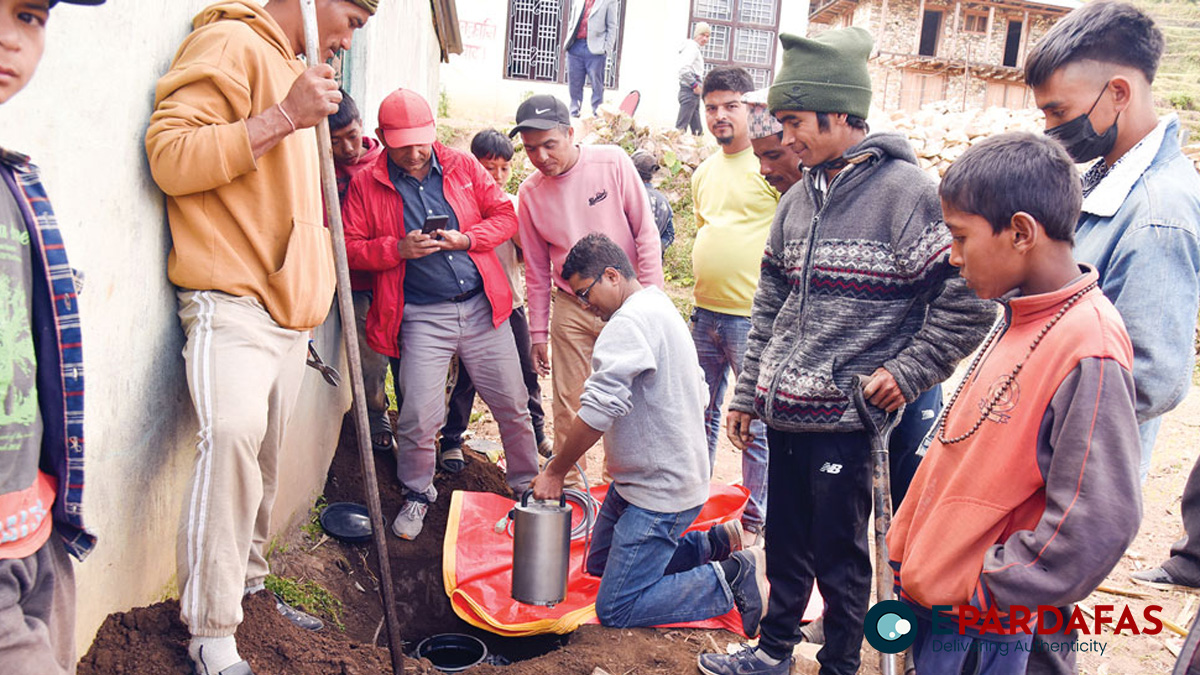

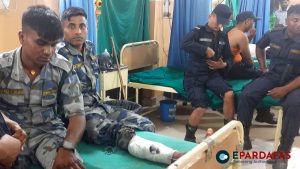
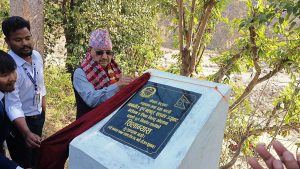
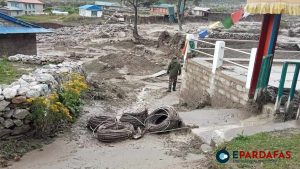
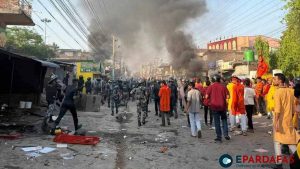
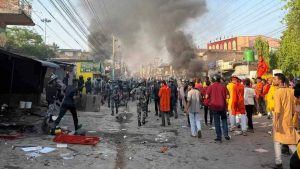


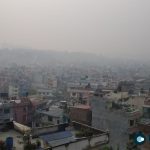



Comments